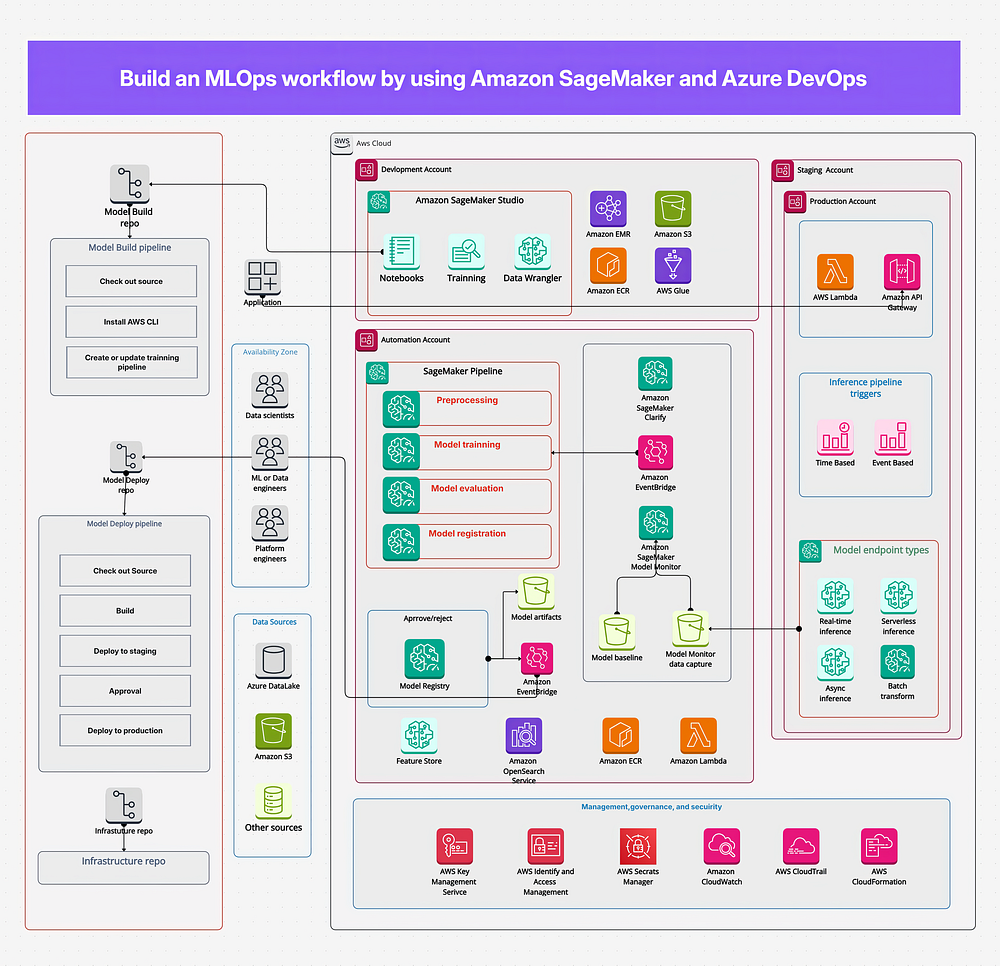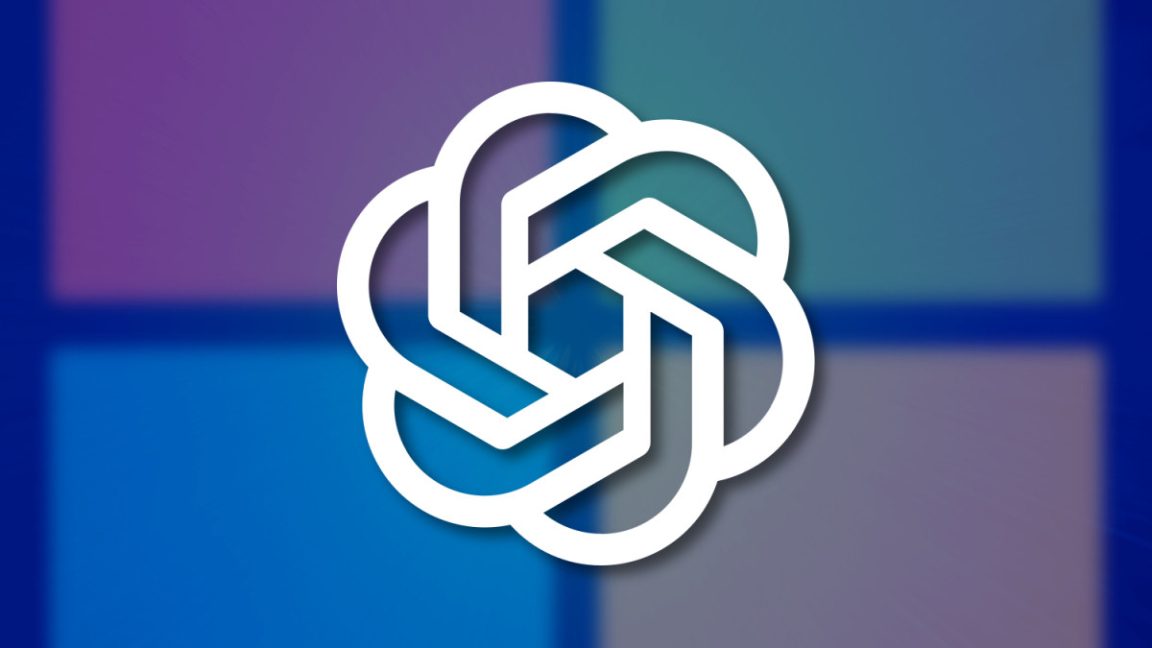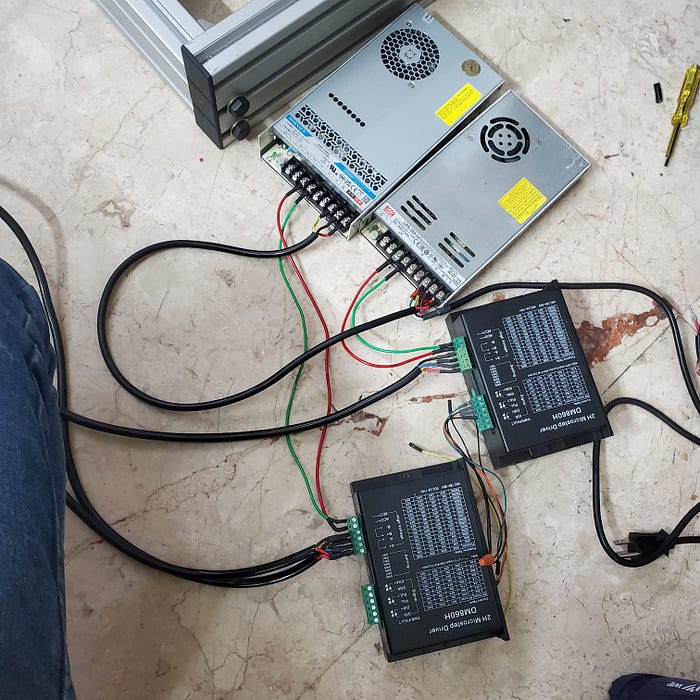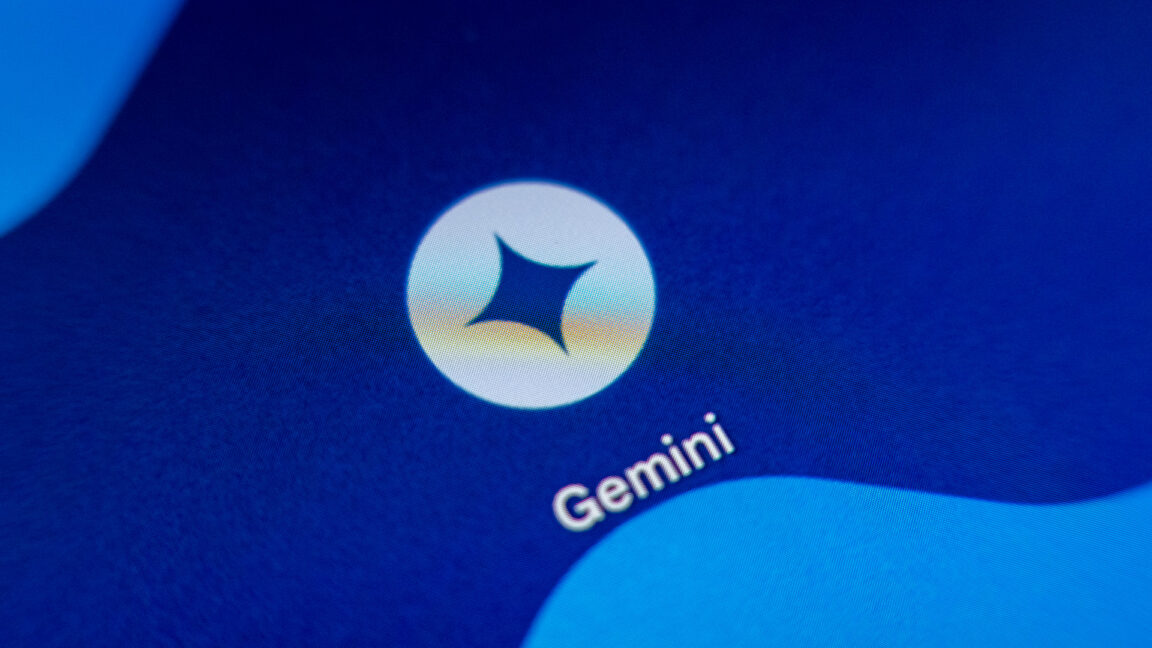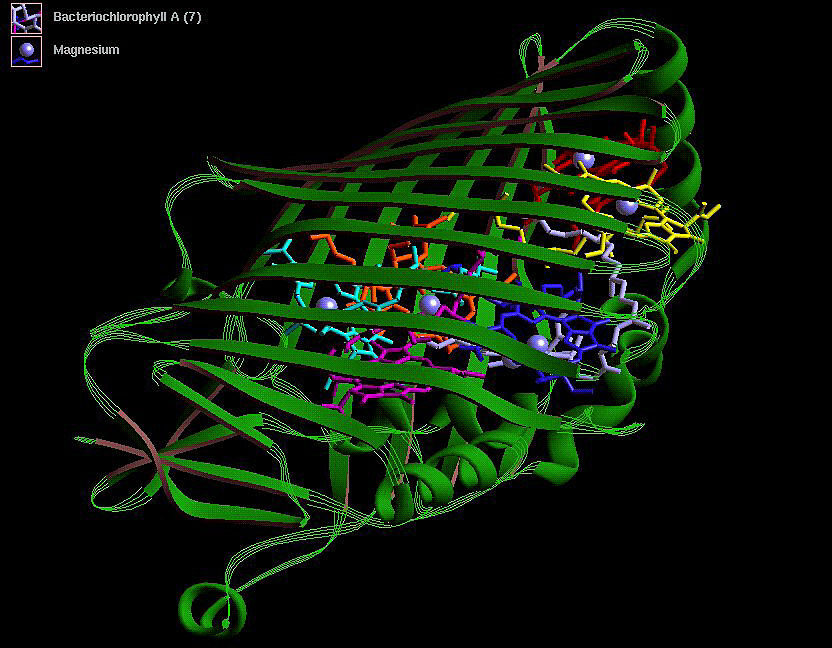Introduction to Time Series Forecasting
Time series forecasting is a crucial aspect of various fields, including business, finance, retail, and public policy. The primary challenge in time series forecasting is predicting future events based on past data, especially when trends shift or patterns change unexpectedly.
What is Time Series Forecasting?
Time series forecasting involves analyzing data from the past to forecast future events. This technique is used in various industries to make informed decisions. For instance, a company might use time series forecasting to predict sales, while a government agency might use it to forecast economic growth.
Popular Time Series Forecasting Methods
There are several popular time series forecasting methods, including Prophet, DeepAR, TFP-STS, and Adaptive Decay-Weighted AR. Each method has its unique strengths and weaknesses, particularly in handling different types of data and forecasting challenges.
Prophet
Prophet is a popular open-source software for forecasting time series data. It is based on a generalized additive model and can handle multiple seasonality with non-uniform periods.
DeepAR
DeepAR is a deep learning-based method for time series forecasting. It uses a neural network to forecast future events and can handle complex patterns in data.
TFP-STS
TFP-STS is a time series forecasting method developed by Google. It uses a combination of machine learning algorithms and statistical techniques to forecast future events.
Adaptive Decay-Weighted AR
Adaptive Decay-Weighted AR is a new approach to time series forecasting. It uses a weighted average of past data to forecast future events and can adapt to changing patterns in data.
Comparison of Time Series Forecasting Methods
A comparison of the four time series forecasting methods reveals that each method has its strengths and weaknesses. Prophet is suitable for handling multiple seasonality, while DeepAR is suitable for handling complex patterns in data. TFP-STS is suitable for handling large datasets, while Adaptive Decay-Weighted AR is suitable for handling changing patterns in data.
Choosing the Right Time Series Forecasting Method
Choosing the right time series forecasting method depends on the specific use case and the characteristics of the data. Practitioners should consider factors such as interpretability, computational efficiency, and accuracy when selecting a method.
Conclusion
In conclusion, time series forecasting is a crucial aspect of various fields, and there are several popular methods available. Each method has its unique strengths and weaknesses, and choosing the right method depends on the specific use case and the characteristics of the data. By understanding the nuances of each method, practitioners can select the most appropriate tool for their specific forecasting needs.
FAQs
What is time series forecasting?
Time series forecasting involves analyzing data from the past to forecast future events.
What are the popular time series forecasting methods?
The popular time series forecasting methods include Prophet, DeepAR, TFP-STS, and Adaptive Decay-Weighted AR.
How do I choose the right time series forecasting method?
Choosing the right time series forecasting method depends on the specific use case and the characteristics of the data. Consider factors such as interpretability, computational efficiency, and accuracy when selecting a method.
What is the difference between Prophet and DeepAR?
Prophet is based on a generalized additive model, while DeepAR is a deep learning-based method. Prophet is suitable for handling multiple seasonality, while DeepAR is suitable for handling complex patterns in data.





